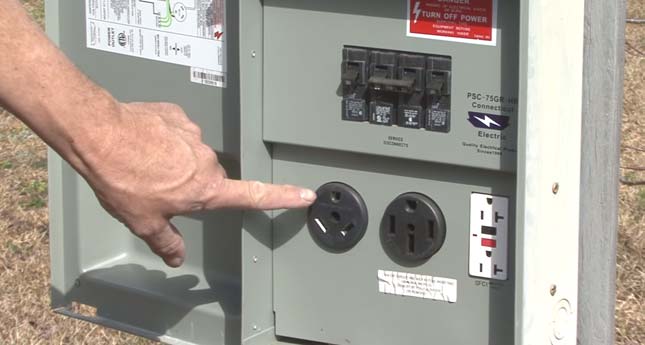Last Updated on May 10, 2022
Camping is an adventure. Depending on how you like to camp, your choice of camping equipment can be a vital part of that experience. If you’re looking for the best in outdoor gear, then it’s worth considering different amps and what they mean for your trip.
If you’re going camping, the difference between a 20 amp and a 30 amp power system might seem like something to worry about. In fact, the difference between 20 amp vs 30 amp camping matters when a motorhome or RV requires different levels of power supply.
If you’re not sure about the differences between 20 amp and 30 amp RV camping, don’t worry; this article will detail why amp rating matters and which one might work best for you!
What is an Amp and Why Does it Matter for Camping?
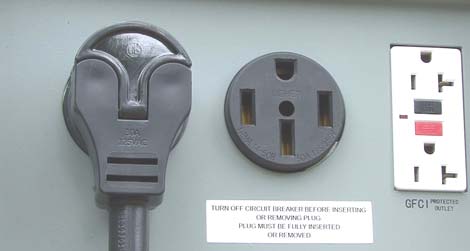
An amp, or ampere, is a unit of electrical current. The more amps you have, the more power you have to run your devices. When it comes to camping, you’ll want to make sure your RV or camper-van is equipped with enough amps to power your needs.
The difference between a 20 amp and a 30 amp system is how much power you have available. A 20 amp power system will give you less energy than a 30 amp shore power system, but it’s still enough for most applications.
When we calculate the wattage of a lamp, we need to consider two fundamental factors. There are two types of pedestal outlets: Volts and Amperes. A voltage measurement measures electrical pressure, while an amp measurement is a measure of available current flow.
Ohm’s law states that Volts times Amperes equal Watts:
• 20-amp outlet = 2,400 watts
• 30-amp outlet = 3,600 watts
Here are the quick calculations:
• If you multiply 20 Amps times 120 Volts, you get 2,400 Watts
• And 30 Amps times 120 Volts equals 3,600 Watts.
The Difference Between 20 amp VS 30 amp Camping
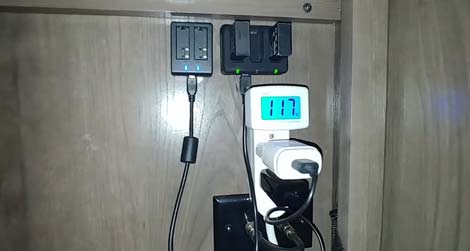
If you’re wondering about the difference between a 20 amp and a 30 amp system, it comes down to how much power is available. Devices like air conditioners and heaters require high amperage to function at their best.
But most camper-vans or RVs will get by with a 20 or 30 amp system. If you’re using an electric heater or air cooler, then opt for the 30 amp system to make sure it’s powerful enough to cool your caravan during summer trips.
So the key differences between 20 amp and 30 amp are:
01. The Difference in Amps
• 30-amp system = 3,600 watts
• 20-amp system = 2,400 watts
The total amount of power used from a 30 amp outlet is about twice as much as the 20-amp outlet. In other words, you will have three thousand six hundred watts to use with 30-amp service and only two thousand four hundred watts with a 20-amp system.
A 30 amp outlet provides more power than a 20 amp outlet, almost double the number of volts and amps. If you plan on using more than one high heat-producing appliance at once, such as an air conditioner or heater, get a 30 amp service.
02. The Difference in Voltage
• 120 volt for a 20-amp outlet
• 240 volt for a 30-amp outlet
The difference between 20 amp and 30 amp camping is that the 30 amp system will provide twice as much volt as a 20-amp system. Voltage describes how strong the power is. Like water pressure, the higher the volt, the more the ability to operate things like hair dryers or portable kitchen appliances.
Though a 20-amp system will provide enough electricity for most of your camping needs, you may want a 30 amp power supply if you plan on using high-demand equipment at the same time. For example, an air conditioner and heater at the same time will require more electricity than a 20-amp system can provide.
03. The Difference in Receptacles
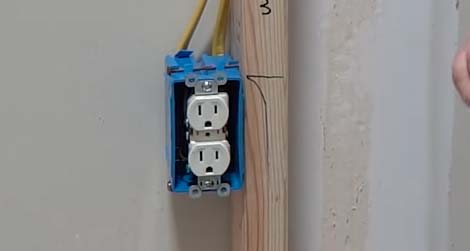
• 30-amp outlets are made for large plugs only
• 20-amp outlets are made for small and large plugs
There is no difference between 20 amp and 30 amp camping as far as connectors go. A 30 amp receptacle can handle larger sockets than a 20-amp system, but it can also take smaller ones.
If you want the full capabilities of 30 amp camping vs 20 amp, you’ll need to use large connectors, such as 50-amp or more. These connectors are designed for heavy-duty appliances and will handle high heat.
04. Extension Cord Capability
Generally speaking, the only time you’ll need to use an extension cord is if you want to plug in more than one high heat-producing device at once. For example, it’s not recommended to plug in an air conditioning unit and a heater into one 20-amp outlet simultaneously.
• 30 amp outlets can handle heavy-duty extension cords (over 5,000 watts)
• 20 amp outlets can’t handle heavy-duty extension cords
05. Ground Wire
Extension cords with grounding wires are used more often than not, which is why many people assume they’re required for RV electrical systems sockets. But with an adapter, you can use an extension power cord without one.
Grounding prevents electricity from coming in contact with you, preventing serious injury. When using an interface with a 20-amp system, it’s possible to avoid the need for separate ground wires.
Ground wires are usually included in the plug that powers your 30-amp outlet or receptacle. This provides better protection since you won’t have to rely solely on an extension cord.
• 30-amp systems require separate ground wires
• 20-amp systems include the ground wire in the plug
06. Neutral Wire
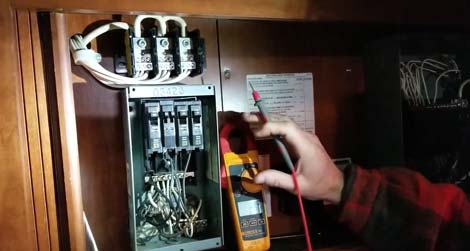
Some customers purchase an RV or motor-house with two separate power cords, one for the 30-amp connection and another for a household 110-volt wall receptacle. They do this to use the same appliance in the campground and at home.
• 30 amp systems require a separate negative wire when using an adapter
• 20-amp systems include the negative wire in the plug
07. Circuit Breakers
If you’re using an extension cable with your 20-amp outlet, you may need to use a circuit breaker. This is because the circuit breaker in many RVs or campers can handle only 30 amps or less.
If you want to use an extension cable with your 30-amp system (assuming it’s not for high heat appliances), you won’t need a breaker. A standard 30-amp extension cable is designed for this type of use.
• 20 amp systems can handle up to 85 ft of an extension cable without a circuit breaker
• 30 amp systems require a separate neutral wire when using an adapter
08. Temperature
An extension cable with a 30-amp plug is more likely to work well in frigid weather since it’s designed for cold climates. An adapter can be used, but an extension cable with a 20-amp plug may not work well in the winter months.
• 30 amp systems handle colder temperatures better than 20-amp systems
• 20 amp systems are designed for use in moderate climates only
Choose The Right Amp For Your Camping
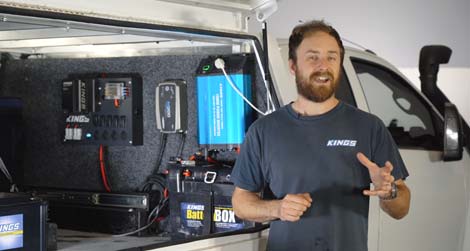
If you are unsure what type of system your camping van has, just look at the outlet. 20 amp outlets have two flat slots, while 30 amp outlets have three prongs.
The difference between 20 amp and 30 amp camping is that a 30 amp RV outlet provides more power to operate larger appliances, but both can handle small and large sockets.
So if you want the full capabilities that a 30 amp system can provide, such as using multiple high-demand appliances at once, buy devices with the correct plug type. If it doesn’t say what kind of plug it has, look at the user manual or product specifications for this information.
Verdict
When camping, it’s essential to choose the right amp system for your needs. 20 amp systems are perfect for small appliances, while 30 amp systems can handle larger appliances and work in colder weather conditions.
If you’re unsure what type of system your RV has, just look at the outlet 20 amp outlets have two flat slots, while 30 amp outlets have three flat places. We hope this article has answered your 20 amp and 30 amp camping questions.

